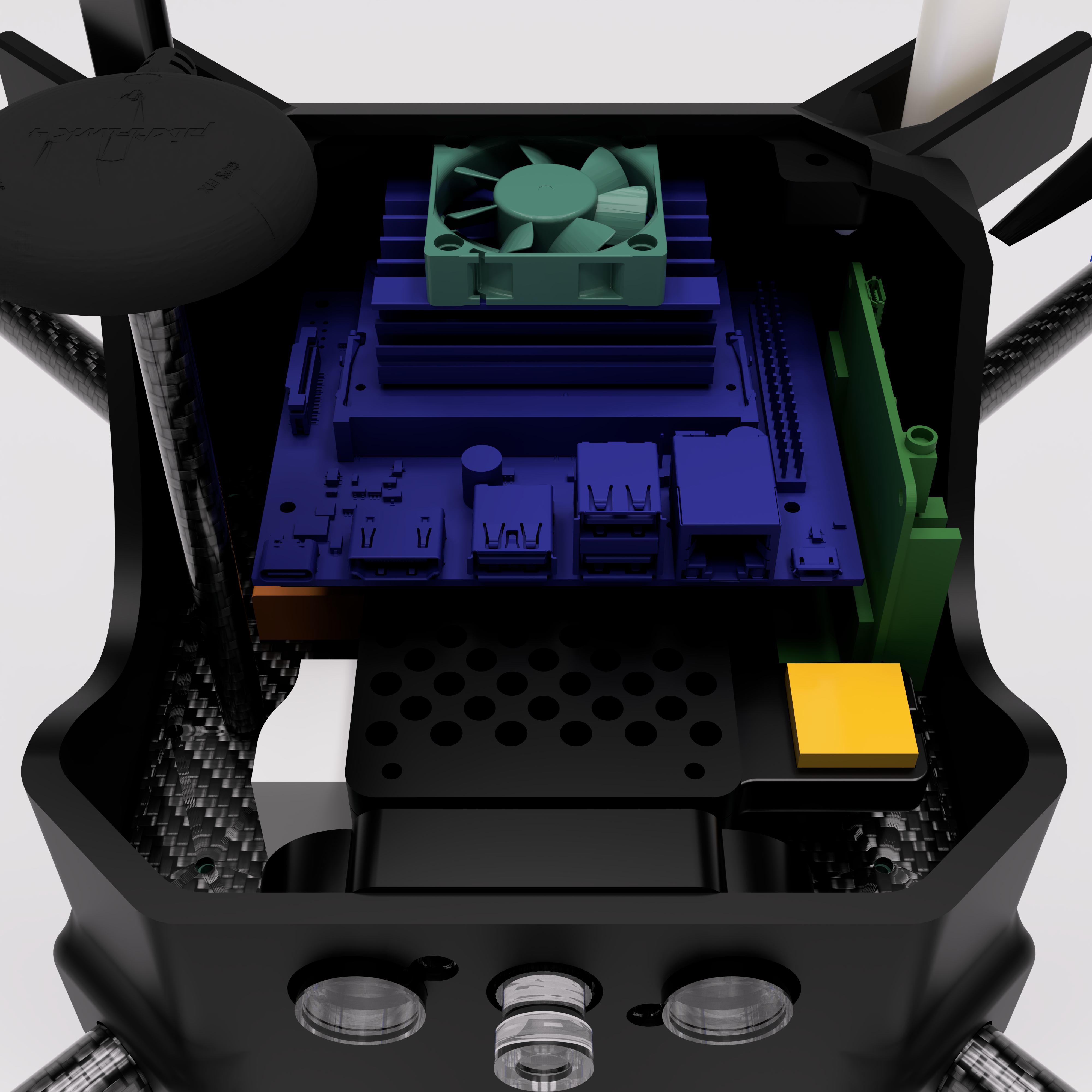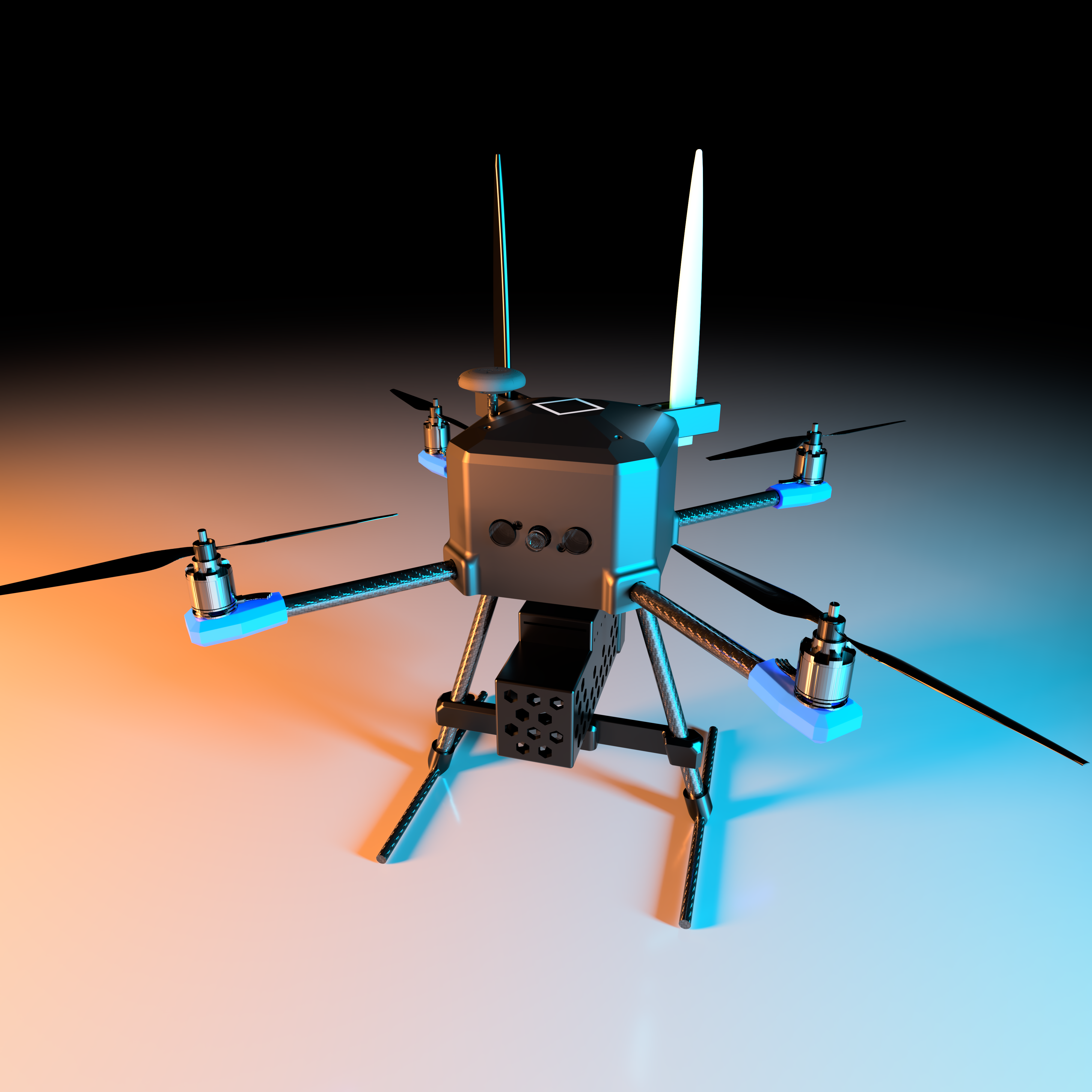The Cicada UAV
The Cicada UAV project began as a simple testbed for software developed for the Crowsnest and Nest projects. However, it quickly evolved into a standalone venture that offered invaluable learning experiences. Our primary goal was to experiment with various technologies and concepts to create a functional UAV prototype. Here are some of the key achievements and experiments we conducted with the Cicada:
- Developed a UAV capable of controlled flight.
- Tested various companion computers as the MCU (Master Control Unit).
- Evaluated UHF radio and 4G LTE for network communications.
- Established internet connectivity with the MCU via 4G networks.
- Assessed the MCU's functionality.
- Implemented automated functions and remote control through the MCU.
- Designed and prototyped multiple 3D components.
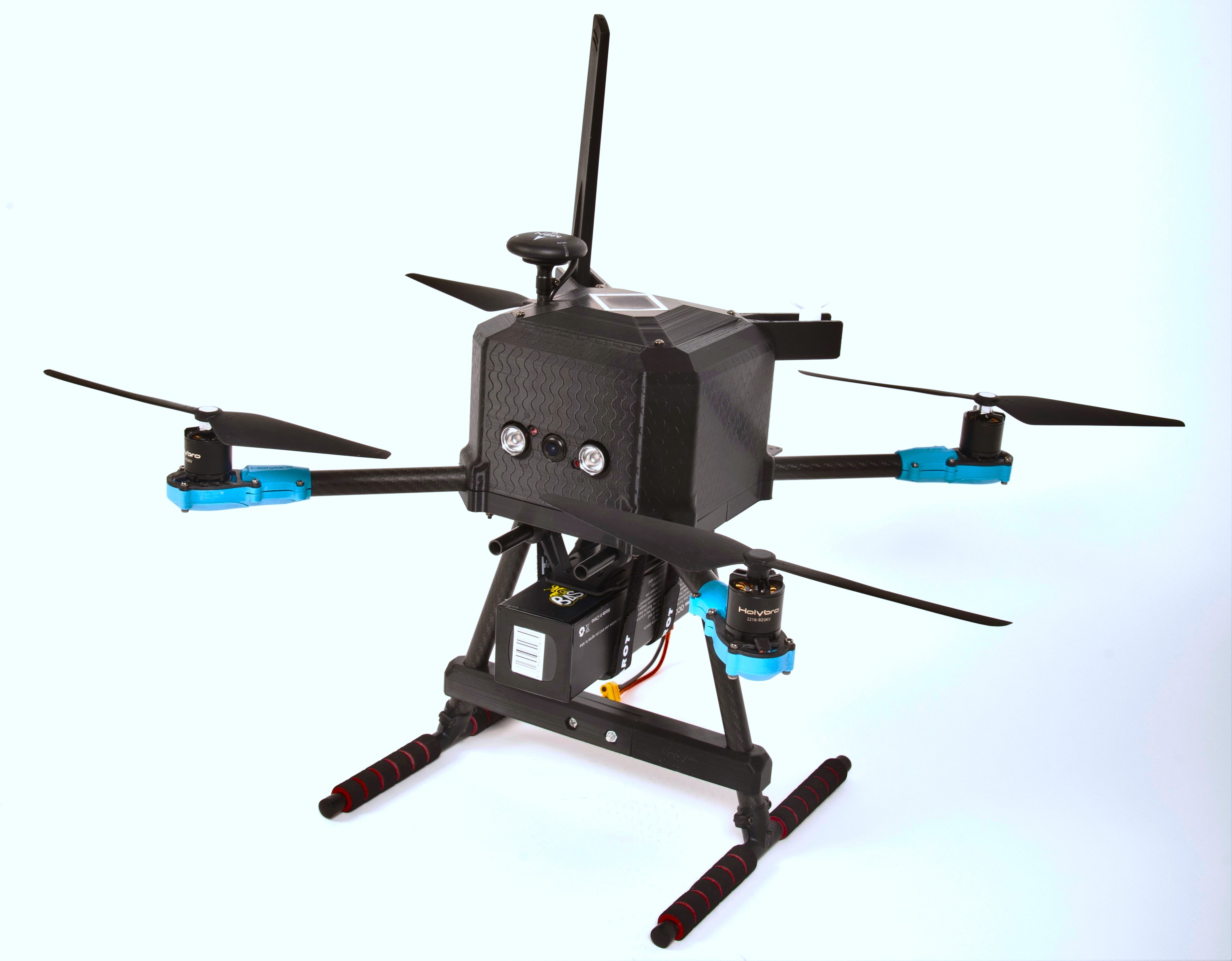
Based on the Holybro X500 V2 airframe, the Cicada UAV was technically flight-capable. However, it primarily performed short-duration flights and low-altitude hops, mostly under manual control. The main focus was on testing communication hardware and early prototypes of the MCU. While the Cicada UAV is now considered legacy hardware due to payload and flight time limitations, it served as a crucial stepping stone in our UAV development journey.
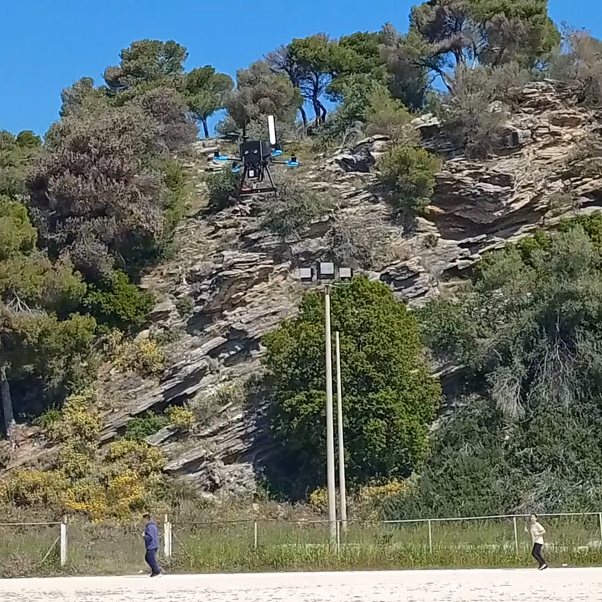
Development
Initially, the Cicada project had a narrow scope as a test platform for other projects. However, we quickly realized that our knowledge of flight hardware was lacking. This realization prompted us to create a working drone prototype that met our design requirements:
- The flight hardware should match the capabilities of average professional drones.
- The drone should perform automated flights and pre-programmed scenarios.
- The flight controller must communicate effectively with the MCU.
- The MCU should connect to the internet while airborne.
- The MCU must perform local decision-making and process sensor data.
- The UAV should have a modular framework to accommodate various hardware configurations.
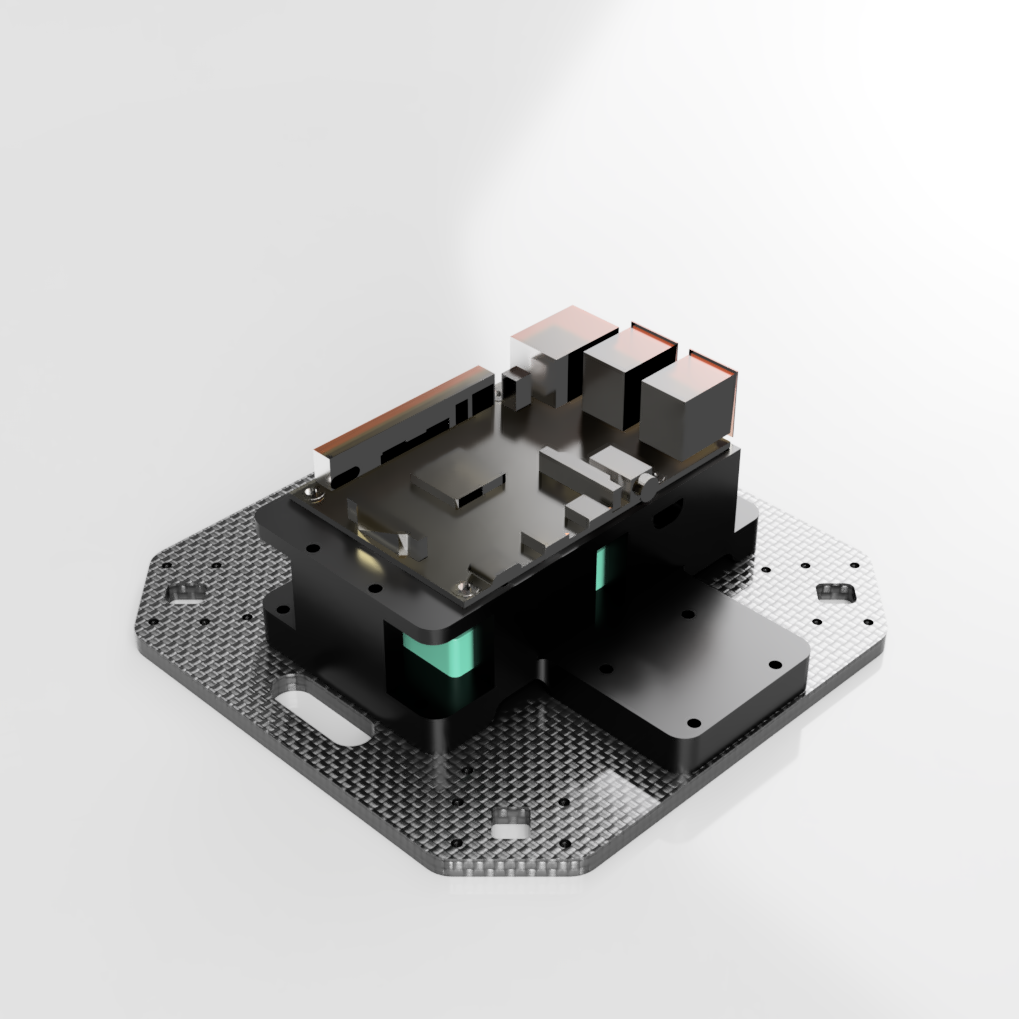
Approach and Solutions
To address these requirements, we:
- Chose components that balanced performance and cost.
- Iterated on the design to improve flight stability and control.
- Developed software to enhance the integration between the flight controller and MCU.
- Conducted extensive testing to refine automated flight capabilities and remote control functions.
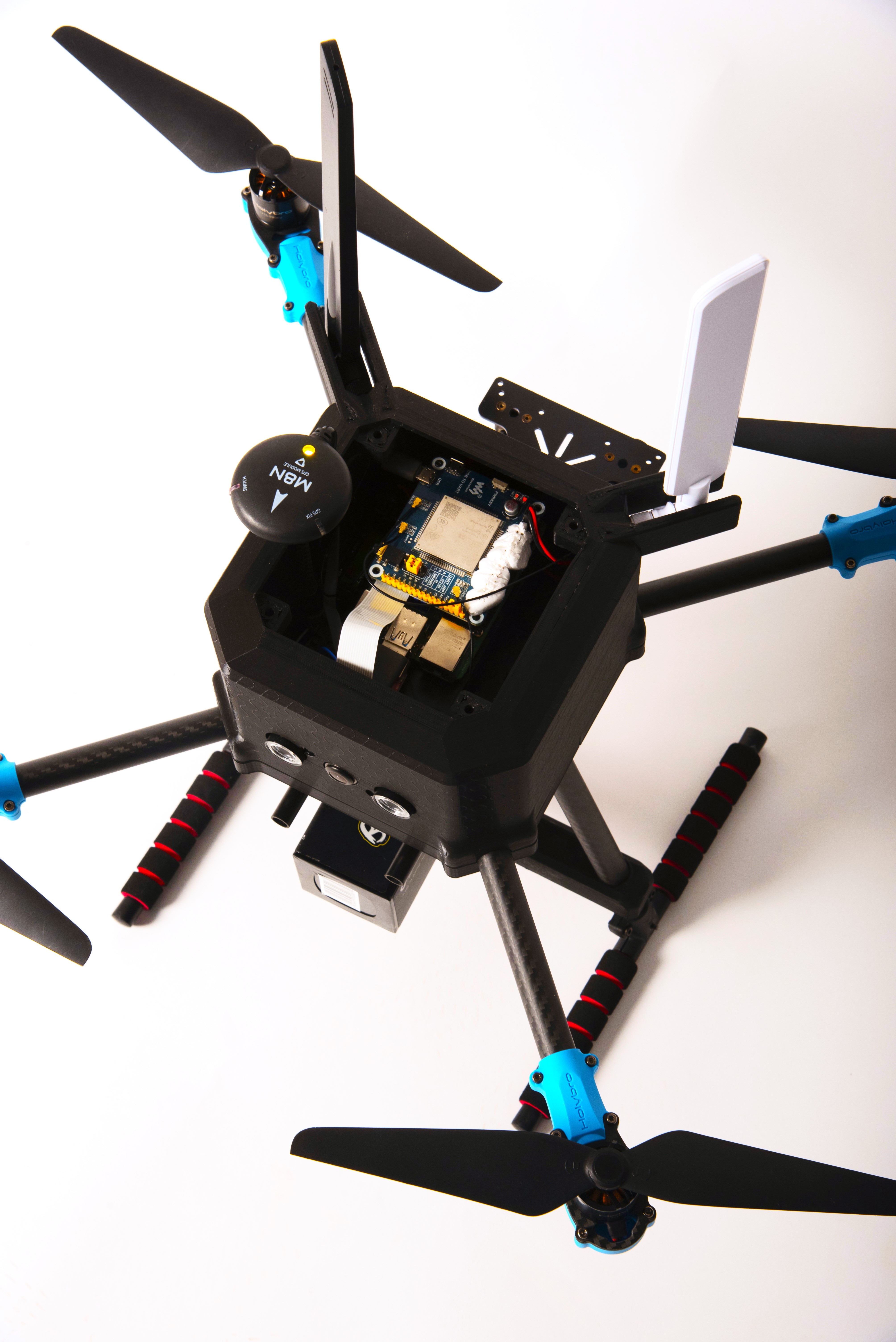
Design Challenges
The development of Cicada presented several challenges:
- Ensuring stable and reliable flight with minimal prior experience in aerospace engineering.
- Integrating various communication technologies without interfering with flight operations.
- Designing a modular framework that allowed easy hardware swaps and upgrades.
Progress
We are now on the third iteration of the Cicada design, each version improving upon the last. These iterations have resulted in:
- Enhanced flight stability and control.
- Improved communication between the flight controller and MCU.
- Better modularity, allowing for easier hardware upgrades and changes.
Achievements
The Cicada UAV project has achieved several key milestones:
- Developed a functional UAV prototype that meets our initial design requirements.
- Gained hands-on experience with UAV flight hardware and software integration.
- Established a solid foundation for future UAV projects.
Conclusions
Through the Cicada project, we learned several valuable lessons, some of which were accompanied by a few bruises and a hefty dose of humility:
-
Aerospace Engineering is Complex:
We started with the naïve belief that building a drone would be a walk in the park. Spoiler alert: it wasn't. Our initial lack of knowledge highlighted the importance of thorough research and experimentation. Turns out, watching YouTube videos doesn't make you an aerospace engineer overnight.
-
Patience and Persistence:
Just like Rome, UAVs are not built in a day—or even in a week, as it happens. Continuous iteration and testing are crucial for success. We learned that every setback is just another opportunity to grumble, roll our eyes, and get back to the drawing board.
-
Safety First:
We discovered that 10-inch propellers spinning at a few thousand RPM are surprisingly sharp. Especially when they decide to get unscrewy.
Note to self: always double-check those propeller mounts unless you fancy an impromptu haircut.
The Cicada UAV project was an invaluable learning experience, peppered with moments of sheer panic and unexpected triumphs. It laid the groundwork for our future UAV endeavors and provided us with endless stories to laugh about (once the propeller scars healed).
We are excited to build upon this foundation and continue exploring innovative UAV technologies. Next time, we'll make sure to include a crash helmet in our standard toolkit.
